From Tiny Krill To Concrete Jungles: 2022’s Best Science Books For Kids
12:14 minutes
The holidays are right around the corner, which means for those who give gifts in December, now is the time to start putting together that shopping list. If you have a young person in your life who loves science, why not expand their library and get a book or two?
Joining Ira to give their recommendation for the best children’s science books of the year—both fiction and nonfiction—are Melissa Stewart, science book author based in Boston, Massachusetts, and Kristina Holzweiss, education technology specialist based on Long Island, New York.
Disclaimer: When you purchase products through the Bookshop.org links on this page, Science Friday may earn a small commission which helps support our journalism.
Author of Tree Hole Homes: Daytime Dens and Nighttime Nooks and more science books for children
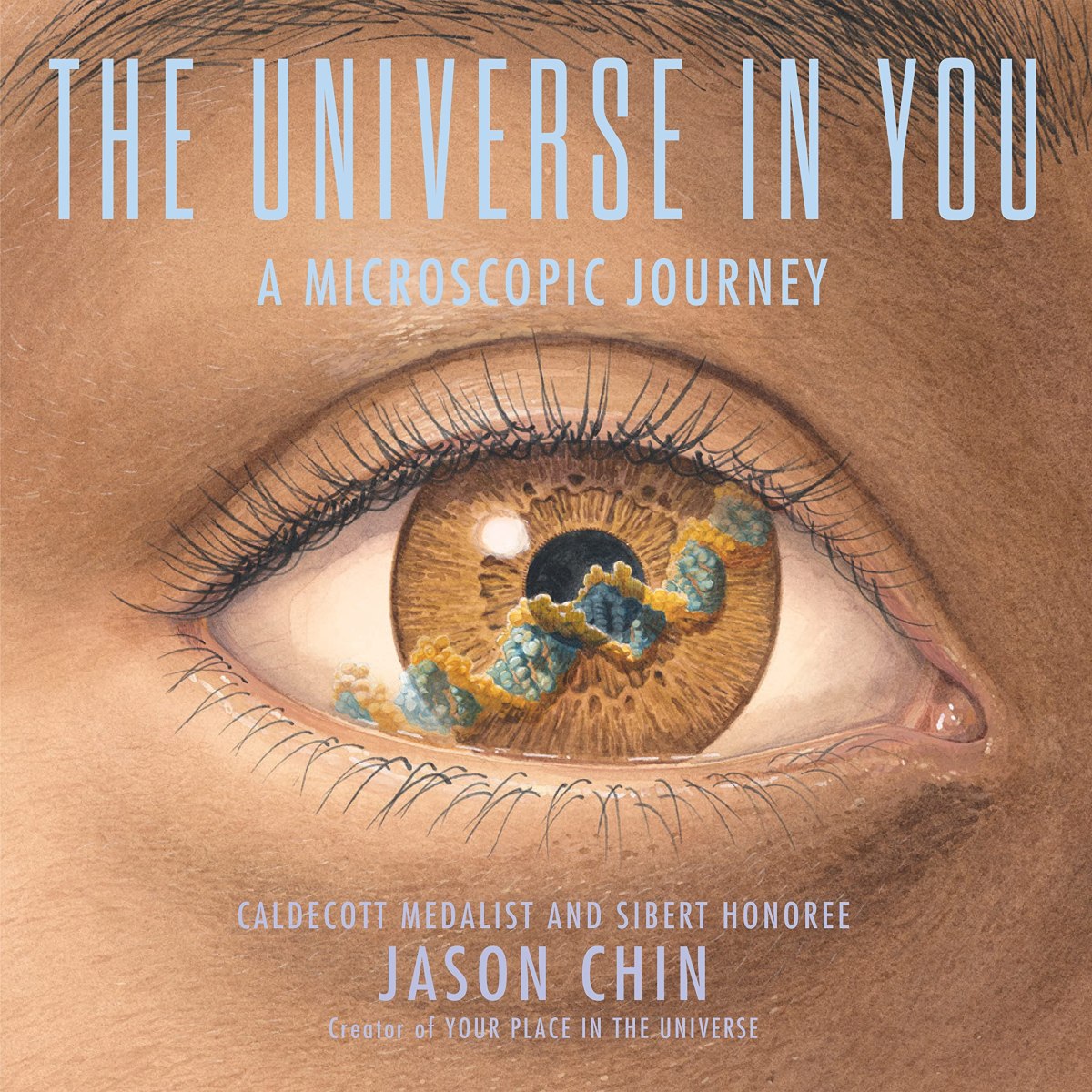 Your Place In The Universe
Your Place In The Universe“This new book… starts with a person and it looks at the insides of our bodies: cells, and then molecules and atoms, and then all the way down to quarks and gluons. Jason Chin is really well known for his beautiful, lifelike illustrations, and so this is a book that I think kids will really love.”
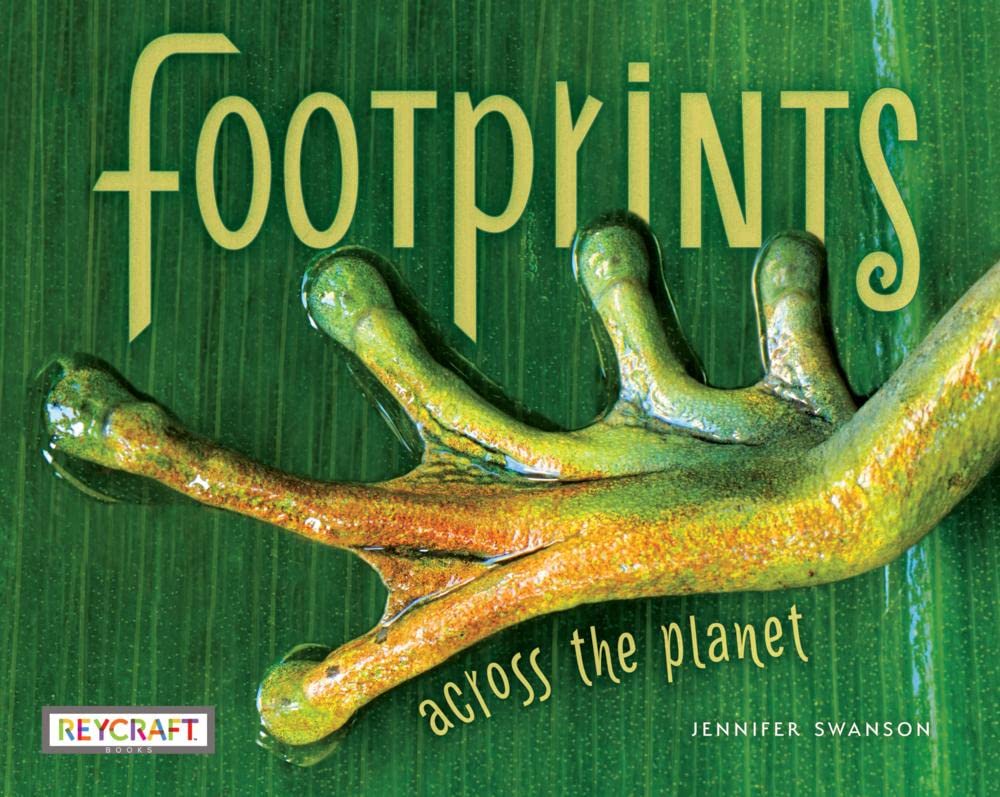 Footprints Across The Planet
Footprints Across The Planet“It ranges all the way from footprints of some of our favorite animals: from elephants to birds, all the way down to tiny little flies. It also looks at footprints from fossilized dinosaurs.”
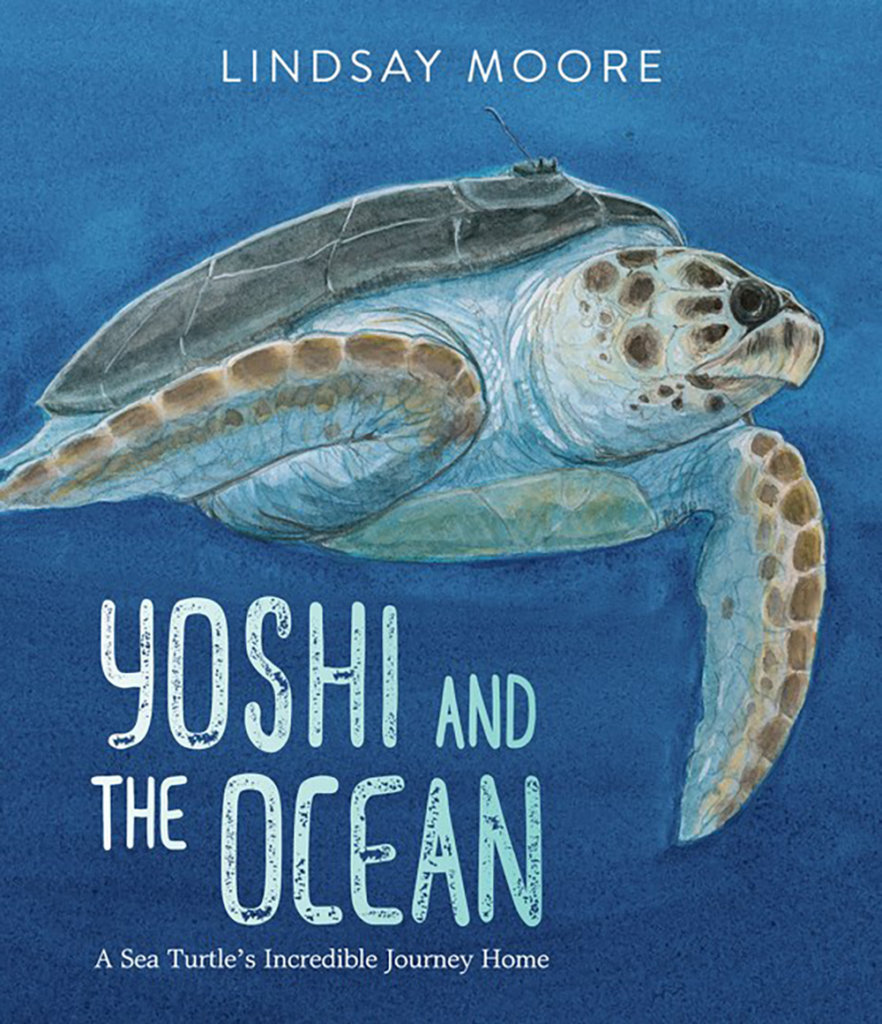 Yoshi And The Ocean: A Sea Turtle’s Incredible Journey Home
Yoshi And The Ocean: A Sea Turtle’s Incredible Journey Home“It tells the remarkable story of an injured loggerhead sea turtle that was rescued by some Japanese fishermen… then eventually released with a radio tag, and scientists are able to watch it swimming… all the way back to his home in Australia.”
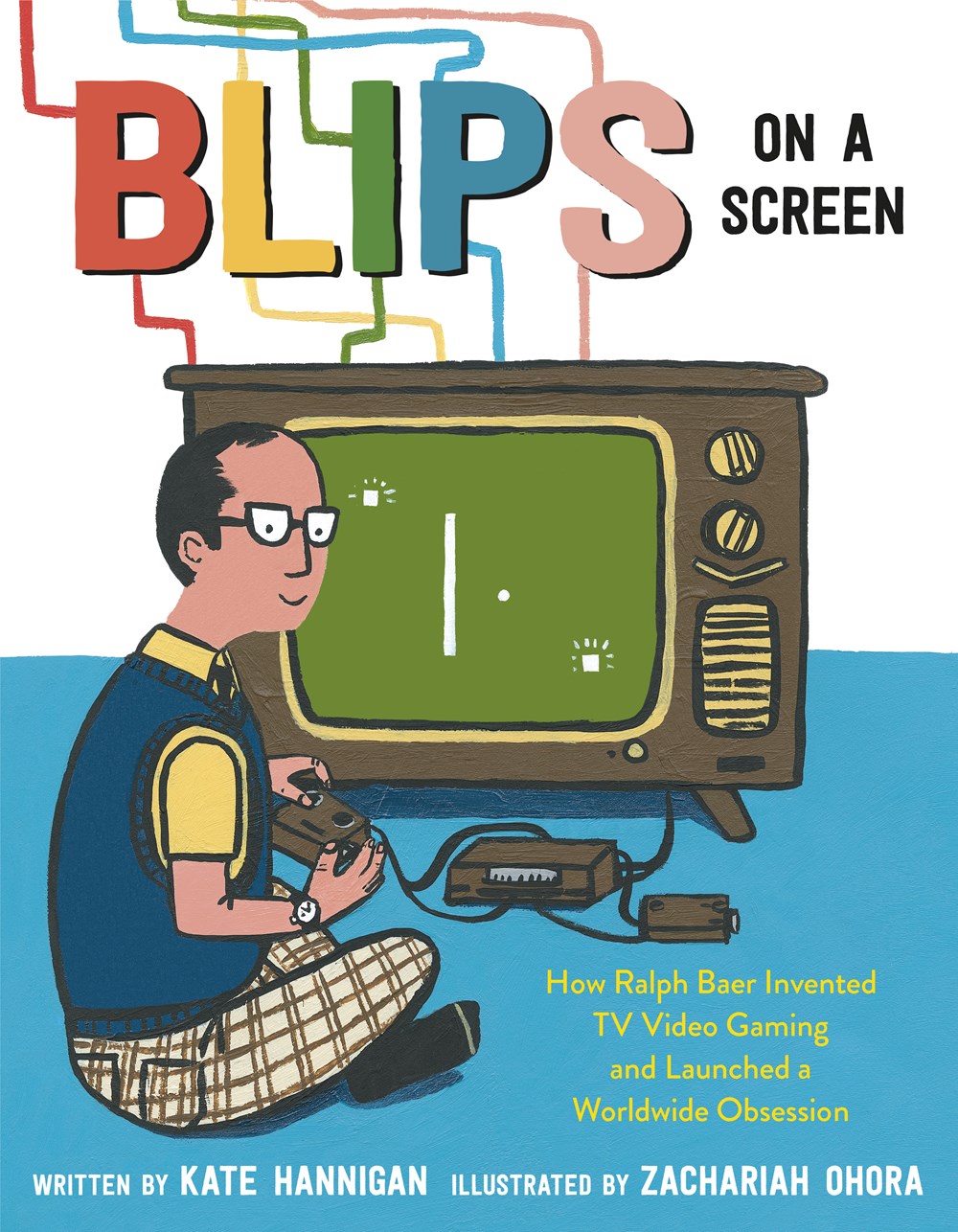 Blips On A Screen: How Ralph Baer Invented TV Video Gaming And Launched A Worldwide Obsession
Blips On A Screen: How Ralph Baer Invented TV Video Gaming And Launched A Worldwide Obsession“A book about a Jewish refugee… [who], when TV was first invented, he wanted it to be more interactive, and he had the skills and expertise to figure out how to create those very first video games that have developed into one of the pastimes that kids love more than anything today.”
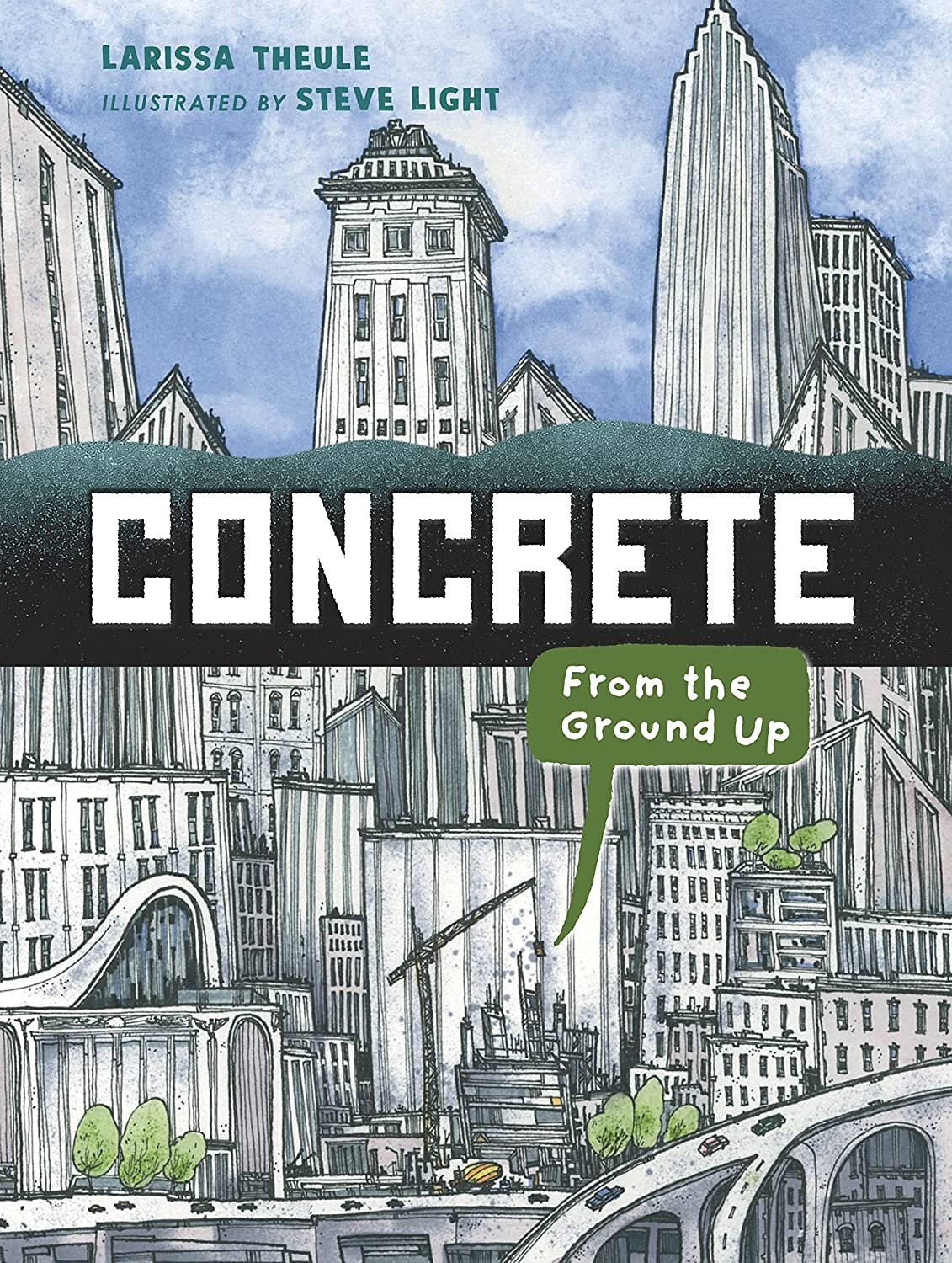 Concrete: From The Ground Up
Concrete: From The Ground UpDo you have a buddy engineer in your life, or a young person who wonders about the architecture and design in their world? This book covered ancient building designs with modern materials to show readers how concrete has a deeper history than one might think.
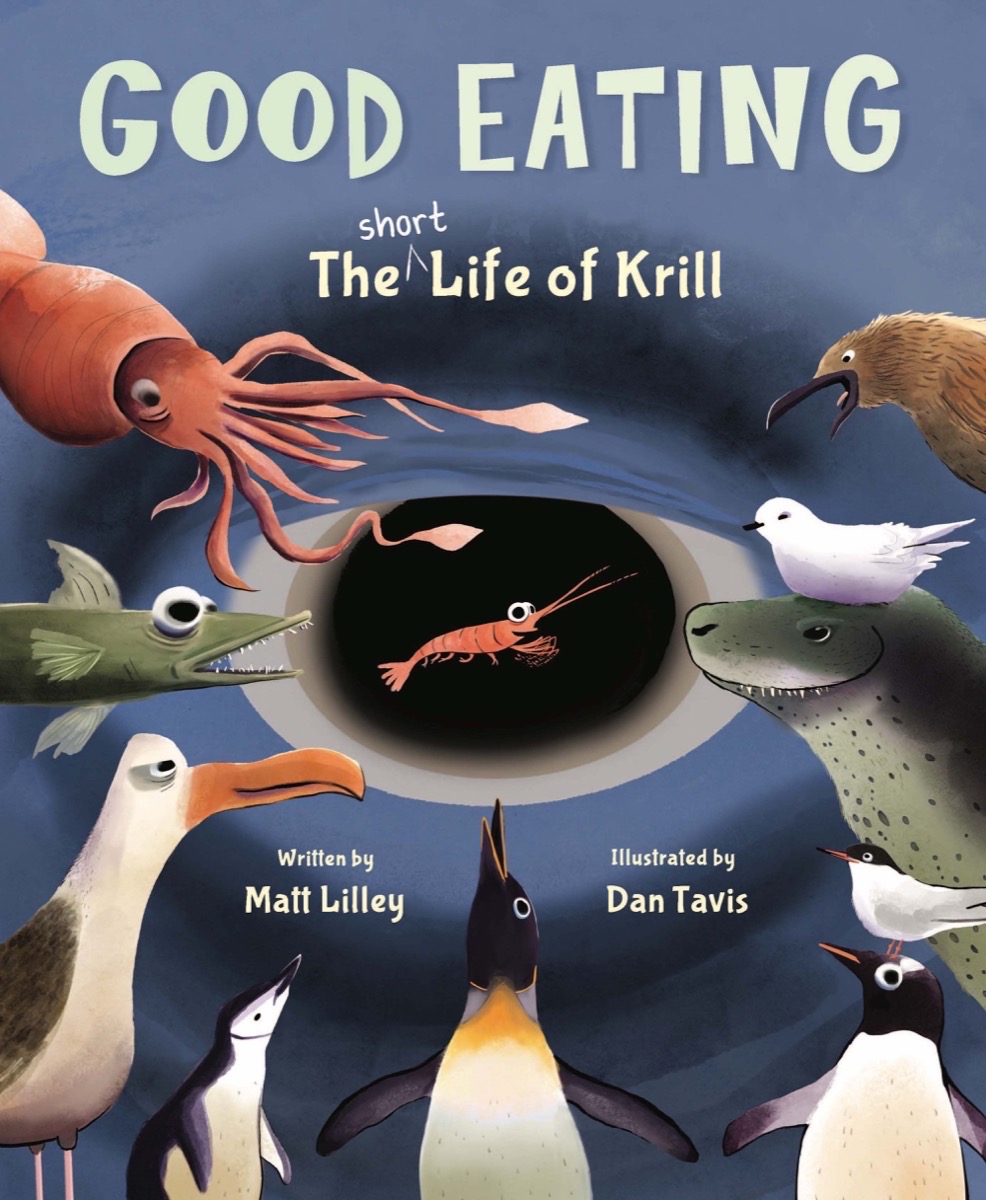 Good Eating: The Short Life of Krill
Good Eating: The Short Life of KrillKrill might seem small, but they are a cornerstone in the marine food chain! This book is perfect for ocean-obsessed readers, especially those who have exhausted their interest in megafauna like blue whales and are looking for a new animal to love.
Invest in quality science journalism by making a donation to Science Friday.
Education technology specialist and STEM and makerspace author
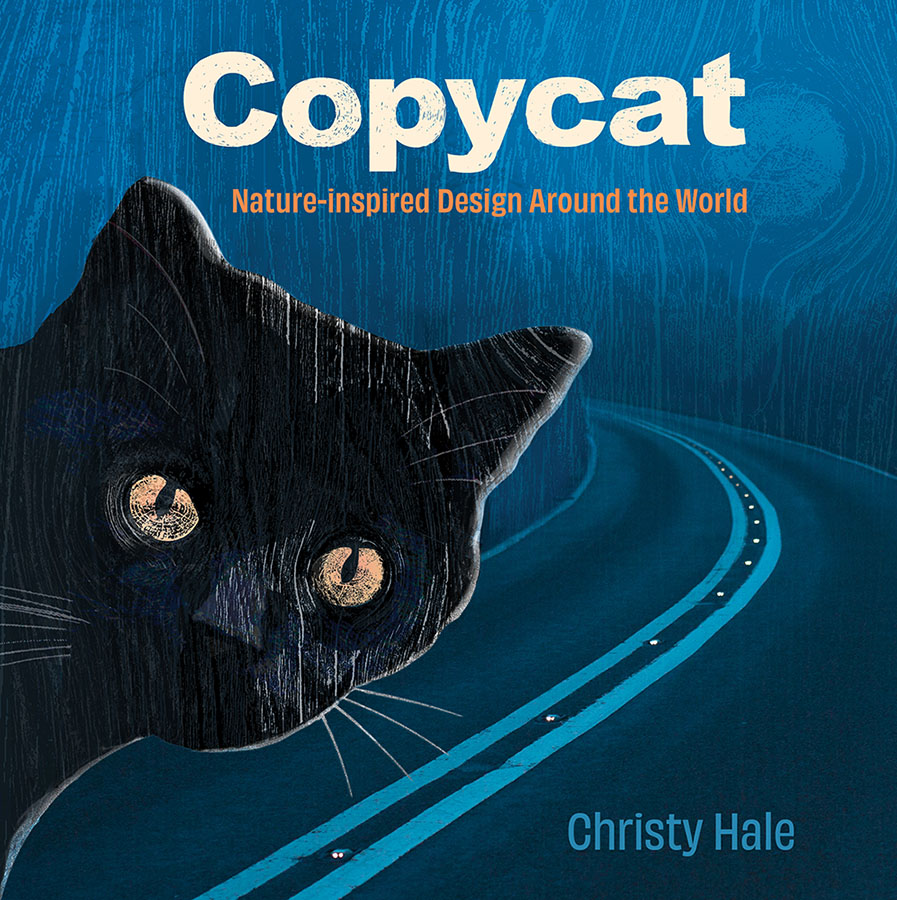 Copycat: Nature-Inspired Design Around the World
Copycat: Nature-Inspired Design Around the World“This book is nature inspired designs… it has photos of nature, and how we have adapted those items in our design.”
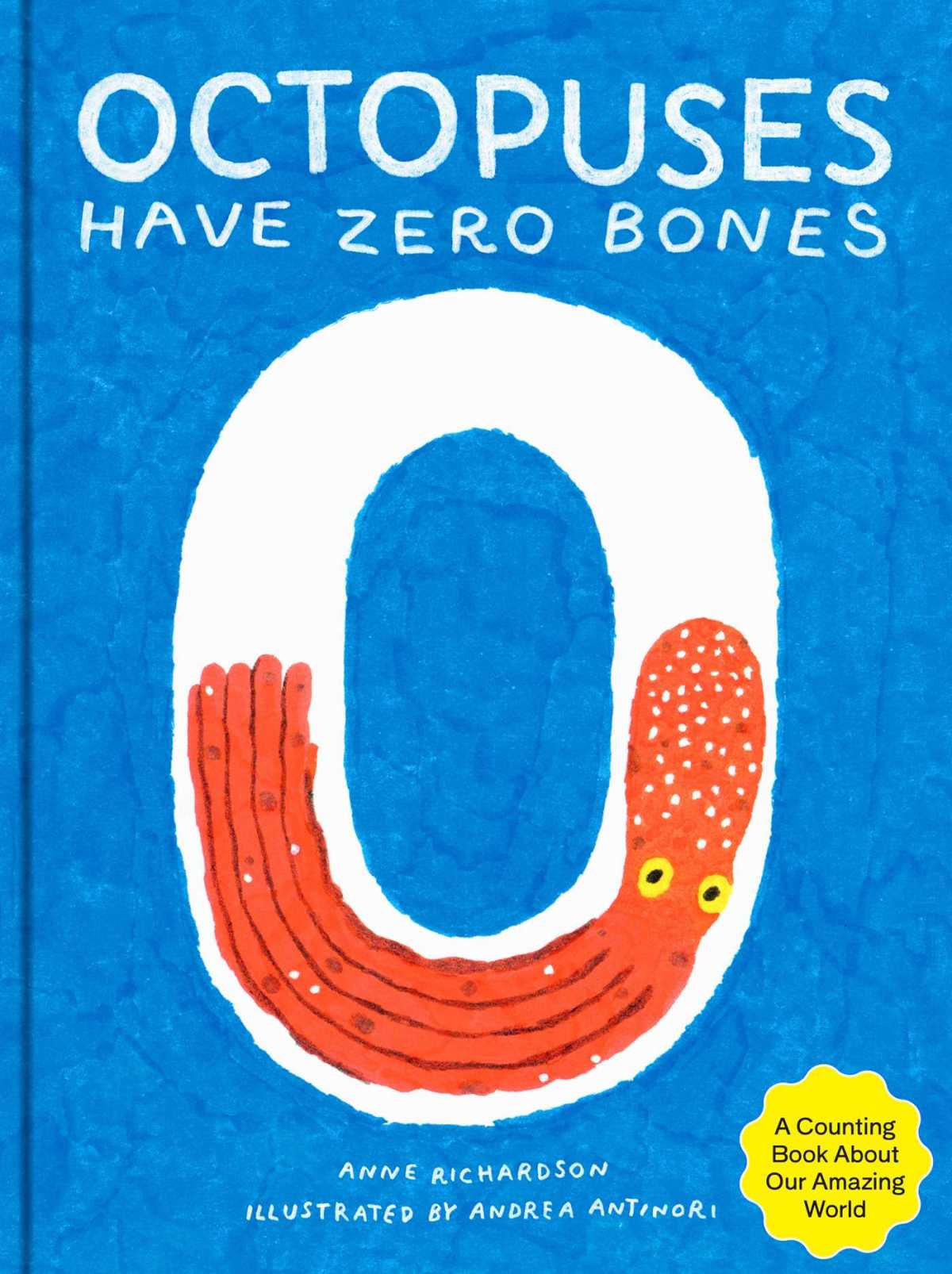 Octopuses Have Zero Bones: A Counting Book About Our Amazing World
Octopuses Have Zero Bones: A Counting Book About Our Amazing World“It is not a typical counting book. I would not use this for little kids to learn how to count from one to ten—because as you find out when you go through the book, it doesn’t just talk about numbers one through 10 And but it talks about bigger numbers.”
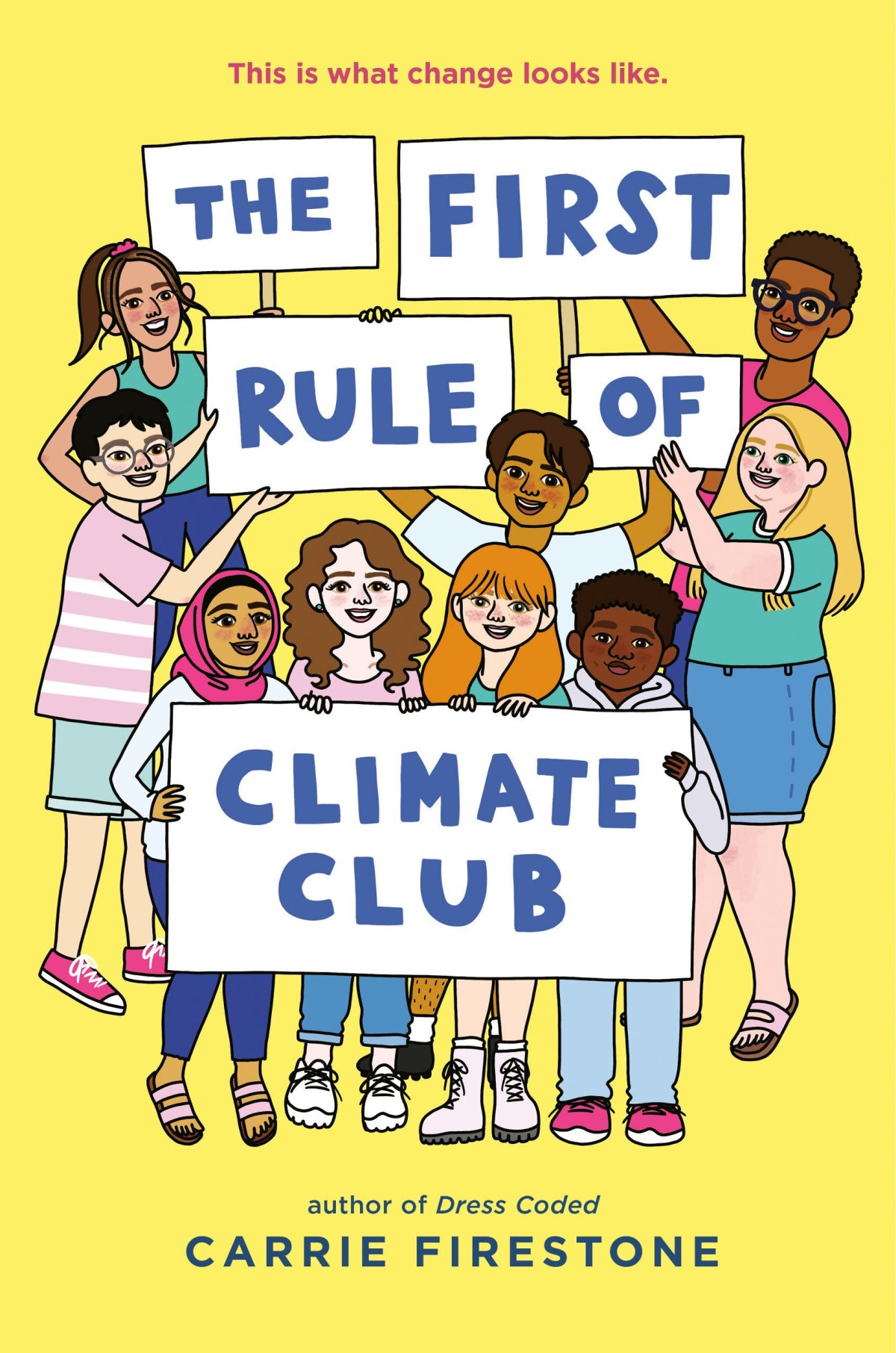 The First Rule of Climate Club
The First Rule of Climate Club“This book talks about a group of students, and they are activists, and they’re talking about climate change. Not only is it about science and climate, but how relationships build.”
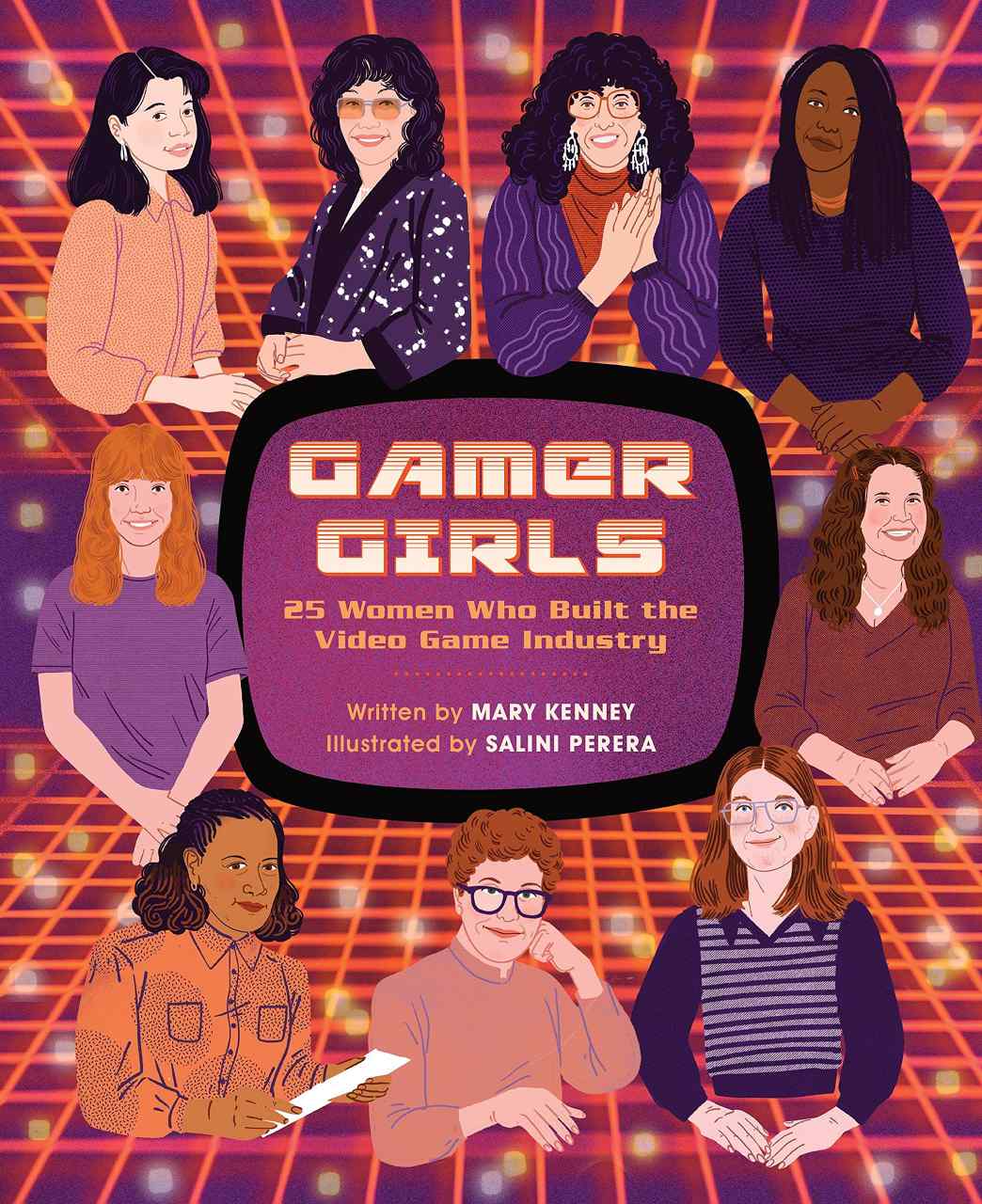 Gamer Girls: 25 Women Who Built the Video Game Industry
Gamer Girls: 25 Women Who Built the Video Game Industry“Video games is definitely a hook… any way you can connect something an actual toy, or a game, with a book, I think that’s a really great idea.”
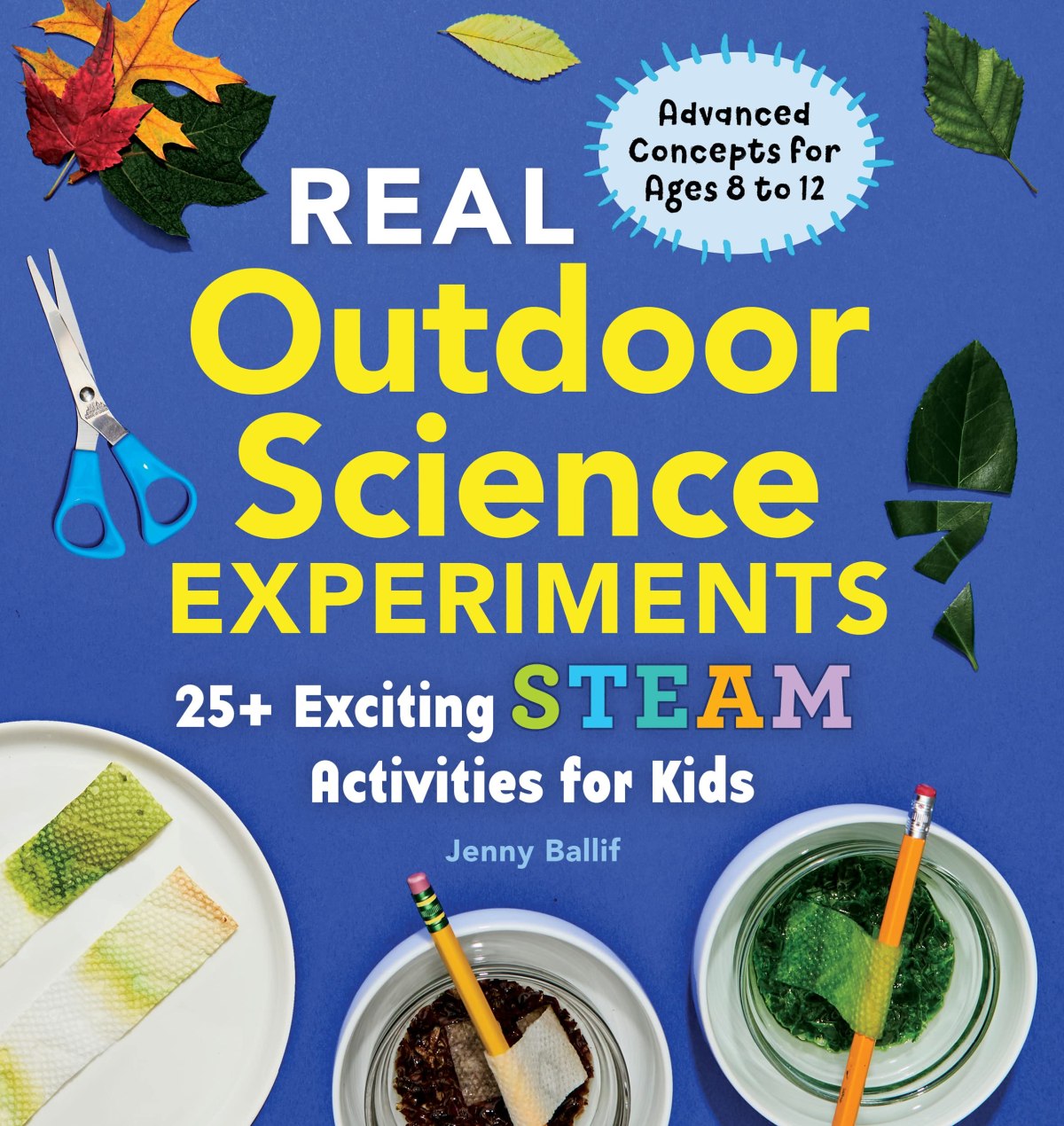 Real Outdoor Science Experiments: 30 Exciting Steam Activities for Kids
Real Outdoor Science Experiments: 30 Exciting Steam Activities for KidsDo your 8- to 12-year-olds have questions about how sinkholes forms, or why leaves change colors in autumn? The great outdoors is a great place to be inspired to experiment.
Melissa Stewart is a science book author based in Boston, Massachusetts.
Kristina Holzweiss is an education technology specialist based in Long Island, New York.
IRA FLATOW: This is Science Friday. I’m Ira Flatow. A bit later in the hour, we’ll get an Indigenous perspective on conservation and environmental restoration, plus our annual Ig Nobel Awards coverage.
But first with the holidays right around the corner, that means, you know, it’s gift-giving season. And if you have a young person in your life who loves science, you might be thinking about what to get them for Christmas or Hanukkah.
Well, why not kick it old school? Get them a book. Yeah, a whole bunch of science books for kids and young adults came out this year. And joining me are two people who are going to tell us all about their favorites. Melissa Stuart, science book author based in Boston, Massachusetts. Kristina Holzweiss, edtech librarian based in Syosset, New York. That’s out on Long Island. Welcome to Science Friday.
KRISTINA HOLZWEISS: Thank you so much.
MELISSA STUART: It’s great to be here. Thanks for having us.
IRA FLATOW: Nice to have you. A quick note, this conversation was recorded in front of a live Zoom audience. And for more information about how you can join a future live stream, head over to sciencefriday.com/livestream.
All right, let’s get right to our questions. Melissa, you write science books for kids. So I know you’re very involved with this world. Can you give me your top three recommendations of science books for kids that came out this year.
MELISSA STUART: Sure, thanks for having me. I’d be happy to share. So the first book that I wanted to talk about is one of the most highly anticipated science books of the year. It’s coming out next week.
It’s called The Universe in You– A Microscopic Journey. And it is written by Jason Chin, who has won the Caldecott Medal, and the Cyber Honor Medal in the past. And it’s actually a follow-up to a very popular book from a couple of years ago called Your Place in the Universe.
And so Your Place in the Universe sort of started with a person and then went out into the planets, and the galaxy, and the universe. This new book goes in. It starts with a person and it looks at the insides of our bodies, cells, and then molecules, and atoms, and then all the way on all the way down to quarks and gluons. So Jason Chin is really well known for his beautiful lifelike illustrations. And so this is a book that I think kids will really love.
And the second book I wanted to share is called Footprints Across the Planet. This is by Jennifer Swanson. And this is a really great book. It’s beautifully illustrated. The photos in this book are top notch. And it ranges all the way from footprints of some of our favorite animals from elephants to birds all the way down to tiny little flies. It also looks at footprints from fossilized dinosaurs and everything from footprints that have been left permanently by people on the moon to digital footprints.
And then the third book that I wanted to talk about this is called Yoshi and the Ocean. And the subtitle of this book is A Sea Turtle’s Incredible Journey Home. It’s written by Lindsay Moore. And it tells the remarkable story of an injured loggerhead sea turtle that was rescued by some Japanese fishermen, and then rehabilitated for a period of 20 years, and then eventually released with a radio tag and scientists were able to watch it swimming a total of 25,000 miles all the way back to its home in Australia.
IRA FLATOW: Wow. wow.
MELISSA STUART: So it’s a really– beautiful art and really well written.
IRA FLATOW: That is some– that’s something really cool. And some great books. Thank you, Melissa.
Kristina, you’re up. You were named the 2015 Scholastic School Librarian of the Year, so I imagine you’re clued in to what kids actually like and they seek out. And I know you’re also heavily involved with the makerspace world, which I think is terrific. So give me please your top three recommendations.
KRISTINA HOLZWEISS: Well, thank you, Ira. Well, I’m going to give you some recommendations that I love that could be appropriate for, I would say, maybe intermediate, elementary school, middle school is where I spent 23 years of my career. I’m now in the high school.
But I love photos and any books. And I think any kids would love this. This one is called Copycat. And I love connecting nature with technology. And I love doing that in my makerspace, very low tech and high tech. And this book is nature inspired designs. So basically, it has photos of nature and how we have adapted those items in our design. So here we have an image of a snail and it’s home, and then a home that looks like that in the desert.
My second book is called Octopuses have Zero Bones. Now, it is a counting book, but it is not a typical counting book. I would not use this for little kids to learn how to count from 1 to 10. Because as you find out when you go to the book, it doesn’t just talk about numbers 1 through 10, but it talks about bigger numbers.
So for example, we have our 0, but we also have our 1, and then the 1 turns into a 10, 100, 1,000, 10,000, all the way up. So basically, the author takes zeros and puts it at the end of numbers to really scale up the counting. So there is only one heart in your body, but then we talk about if we place a 0 behind the 1, we have a 10. So it’s not a traditional typical counting book.
And also we think of STEM books as traditionally non-fiction. Well, I love fiction books as well. And I love the intersection between fiction non-fiction with science. This is called The First Rule of Climate Club. And the author is Carrie Firestone, who wrote the book Dress Coded. And that was a middle school book.
And this book talks about a group of students, and they are activists, and they’re talking about climate change. But it’s not just about activism, not only is it about science and climate, but how relationships build. So I love learning about the Global Goals by the United Nations.
There are Global Goals that students around the world are talking about climate change, and equity, and education, and there’s so– zero poverty. This one is all about climate change. So it’s a really good to inspire our young youth activists.
IRA FLATOW: That’s great. And what kinds of science books do you find kids at your school gravitating to? Does that change based on grade level, Kristina?
KRISTINA HOLZWEISS: Well, I work in a high school now. So a lot of the science books that our students are reading are really driven by the curriculum. But I find that students of all ages love books that have to do with pop culture. So books that have to do– like the science behind toys or the science behind their favorite brands, the science behind everyday technology that they use. So their connection with the science and their passions–
IRA FLATOW: Right.
KRISTINA HOLZWEISS: –that’s what I’m finding it’s more what they gravitate to.
IRA FLATOW: I love those kinds of books. That’s why I read kids books because there’s so much good stuff right. They don’t take that anything for granted, and I like that. Yeah.
Melissa, you just got off a book tour for your own book. Can you tell us about that book?
MELISSA STUART: I did. I actually had two books that came out within the last month or so. So the first one is called Tree Hole Homes.
And it’s about creatures that live in trees. It includes the usual suspects, like birds and squirrels, but also some amazing animals from all over the world like iguanas and crabs. And my favorite thing about the art in this book is that it actually was painted on real pieces of wood. So when you look at the trees, what you’re seeing is the grain of the actual wood pieces that the Illustrator Amy [INAUDIBLE] used.
IRA FLATOW: Beautiful stuff. Just gorgeous.
MELISSA STUART: Yeah. Beautiful, beautiful art. And then the other, which is totally different is called Mega Predators of the Past. And this book is not about dinosaurs, it’s about the other mega predators of the ancient world. So it includes everything from giant ripper lizards, which are on the cover here.
IRA FLATOW: Ripper lizards, don’t think we ever heard of that.
MELISSA STUART: Yeah.
IRA FLATOW: [LAUGHS]
MELISSA STUART: Yeah, wouldn’t want to run into one in a cave. That’s for sure. And one of my favorites is these giant terror birds, which are as tall as giraffes. And so this book really takes a fun look at some of these amazing creatures, it includes little comparison illustrations that show you the size compared to humans and also some other more common animals that are alive today.
IRA FLATOW: [INAUDIBLE] has a question about books for aspiring astrophysicists. Go ahead, [INAUDIBLE].
AUDIENCE: Hi, good afternoon, everybody. Hi, Ira. So I have a 9-year-old grandson, and he is an aspiring astrophysicist. He loves everything about space, so I’m looking for books that you could recommend on space, planets, nebula– he really loves nebula– stars.
And he’s so into the James Webb Space Telescope, but I don’t– I need something that’s at his grade level or he could probably read about fifth, sixth grade level. And, of course, pictures are always good. So any recommendations you have.
MELISSA STUART: I think a really great place for him to start would be the book that I was mentioning a little bit earlier, Jason Chin’s book that came out in 2020. It’s called Your Place in the Universe. I think he would really enjoy that book.
IRA FLATOW: One of the nonfiction categories that I loved as a kid was biography. I remember reading books about Einstein, or books of Louis Pasteur, all kinds of folks, even Anthony Fauci has a book about him out this year. And that’s what one of our listeners wants to know. What new science biographies should we be watching for?
MELISSA STUART: One of my favorite from the year is called Blips on the Screen. It’s by Kate Hannigan. And the subtitle is How Ralph Baer Invented TV, Video Games, and Launched a Worldwide Obsession. So this is a book about a Jewish refugee who really he was so incredibly persistent, he immediate– when TV was first invented, he wanted it to be more interactive. And he had the skills and expertise to figure out how to create those very first video games that have developed into one of the pastimes that kids love more than anything today.
IRA FLATOW: Kristina, I have one last question for you. We’re running out of time. I’m wondering if there are topics that you find are connected. If your kid likes topic X, they may like topic Y. Some sort of connection there. What do you think Kristina.
KRISTINA HOLZWEISS: Well, video games is definitely a hook. There’s a book called Gamer Girls that talks about women in the video game industry. So any way you can give, like I said, connect something, like an actual toy or a game with a book, I think that’s a really great idea robots, artificial intelligence, cell phones, learning about social media and how to be safe on social media, all those things can really help our students and our children.
IRA FLATOW: Some great books suggestions. I want to thank both of you for taking time to be with us today. Melissa Stuart, science book author based in Boston. Kristina Holzweiss, [? edtech ?] librarian based in Syosset, New York. Thank you for taking time to be with us again.
MELISSA STUART: Thank you.
KRISTINA HOLZWEISS: Thank you so much.
IRA FLATOW: And maybe you were driving during the segment and you can’t quite remember the title of one of our recommendations, that happens a lot. We’ve got you covered. Go to our website sciencefriday.com/kidsbook and you can find all the STEM books for kids that we talked about today, plus a few extra recommendations that we couldn’t quite fit into this conversation. Sciencefriday.com/kidsbooks.
Copyright © 2022 Science Friday Initiative. All rights reserved. Science Friday transcripts are produced on a tight deadline by 3Play Media. Fidelity to the original aired/published audio or video file might vary, and text might be updated or amended in the future. For the authoritative record of Science Friday’s programming, please visit the original aired/published recording. For terms of use and more information, visit our policies pages at http://www.sciencefriday.com/about/policies/.
Kathleen Davis is a producer and fill-in host at Science Friday, which means she spends her weeks researching, writing, editing, and sometimes talking into a microphone. She’s always eager to talk about freshwater lakes and Coney Island diners.
Diana Plasker is the Senior Manager of Experiences at Science Friday, where she creates live events, programs and partnerships to delight and engage audiences in the world of science.
Kyle Marian Viterbo is a community manager at Science Friday. She loves sharing hilarious stories about human evolution, hidden museum collections, and the many ways Indiana Jones is a terrible archaeologist.
Ira Flatow is the founder and host of Science Friday. His green thumb has revived many an office plant at death’s door.